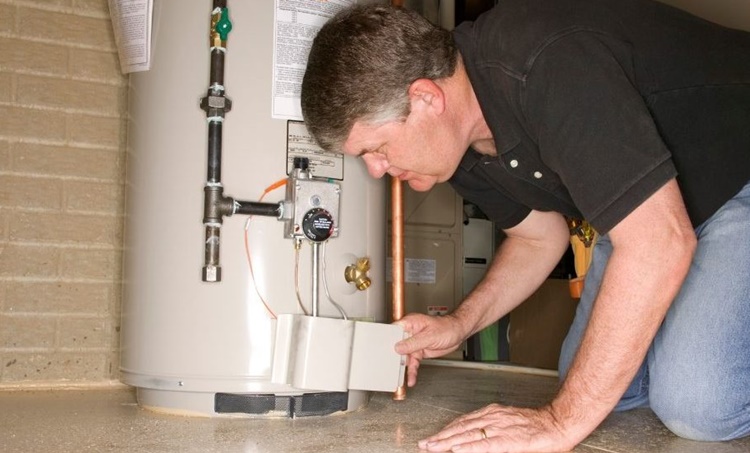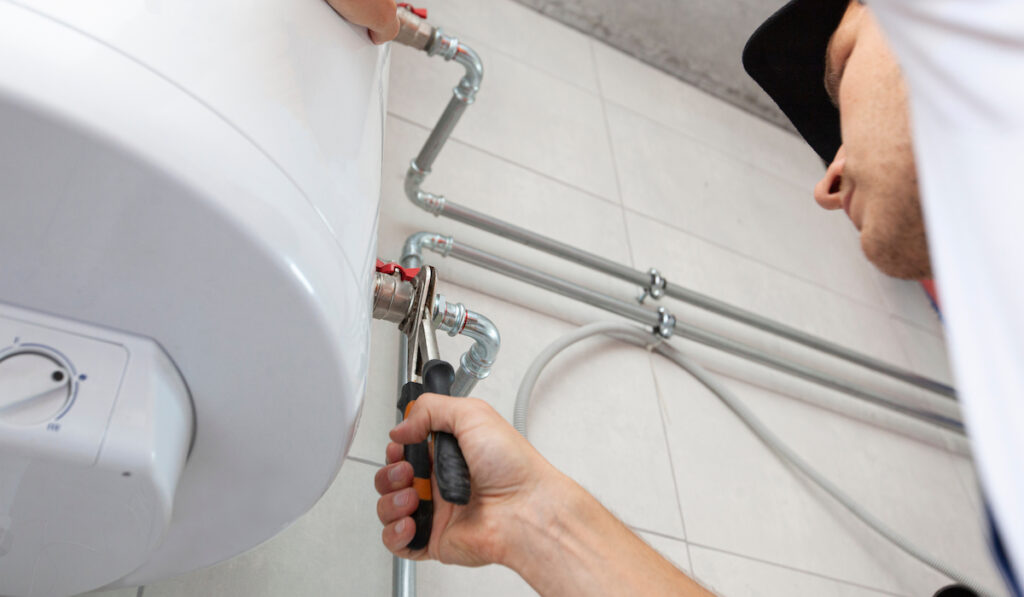The writer is making several great observations on the subject of Water Heater Maintenance Tips You Can't Afford to Forget overall in this great article down below.

Hot water is vital for daily convenience, whether it's for a revitalizing shower or cleaning meals. To ensure your warm water system runs successfully and lasts much longer, regular upkeep is essential. This post offers sensible pointers and understandings on how to keep your home's hot water system to stay clear of interruptions and costly repair services.
Introduction
Preserving your home's warm water system may seem daunting, but with a few straightforward actions, you can guarantee it runs efficiently for many years ahead. This overview covers whatever from comprehending your hot water system to DIY upkeep tips and understanding when to hire specialist assistance.
Relevance of Keeping Your Hot Water System
Routine upkeep not only expands the lifespan of your warm water system however additionally ensures it runs efficiently. Ignoring upkeep can result in lowered effectiveness, greater energy expenses, and also premature failure of the system.
Indicators Your Warm Water System Needs Maintenance
Recognizing when your warm water system needs interest can protect against major issues. Look out for indications such as irregular water temperature level, unusual sounds from the heating system, or corroded water.
Comprehending Your Warm Water System
Prior to diving right into maintenance tasks, it's valuable to recognize the standard components of your hot water system. Normally, this consists of the hot water heater itself, pipes, anode rods, and temperature controls.
Monthly Upkeep Tasks
Normal month-to-month checks can help catch minor issues before they rise.
Flushing the Water Heater
Flushing your water heater eliminates sediment accumulation, enhancing performance and lengthening its life.
Monitoring and Changing Anode Rods
Anode poles protect against corrosion inside the tank. Inspecting and replacing them when worn out is important.
Examining and Changing Temperature Settings
Adjusting the temperature settings guarantees optimal performance and safety.
Do It Yourself Tips for Upkeep
You can execute numerous maintenance jobs on your own to maintain your warm water system in leading problem.
Looking for Leakages
Consistently inspect pipelines and links for leakages, as these can cause water damages and greater bills.
Testing Stress Relief Valves
Checking the stress safety valve guarantees it operates properly and stops extreme pressure buildup.
Shielding Pipelines
Protecting warm water pipelines minimizes warm loss and can save power.
When to Call an Expert
While DIY upkeep is advantageous, some problems call for professional competence.
Complicated Problems Needing Professional Aid
Examples include significant leaks, electric problems, or if your hot water heater is continually underperforming.
Routine Professional Upkeep Advantages
Professional maintenance can include thorough examinations, tune-ups, and making certain compliance with safety criteria.
Final thought
Normal maintenance of your home's warm water system is necessary for efficiency, long life, and expense financial savings. By complying with these suggestions and understanding when to look for expert assistance, you can make certain a reliable supply of hot water without unexpected interruptions.
Water Heater Maintenance: The Basics
Maintaining your water heater will ensure it operates efficiently and has a longer lifespan. Neglecting regular maintenance can lead to costly repairs and an even bigger chunk of your savings if you have to replace it sooner than necessary. But there’s good news: Most water heater maintenance tasks are relatively simple and easy for homeowners with basic DIY skills.
Flush the Water Heater
Over time, sediment and minerals can build up in the tank, reducing its efficiency and potentially causing damage. To flush the tank, turn off the power or gas supply, attach a hose to the drain valve near the bottom and open the valve to drain the water until it runs clear. Ideally, flush the tank annually.
Replace the Anode Rod
The anode rod is a sacrificial metal rod that helps prevent corrosion inside the tank. Inspect and replace it every three to five years or per the manufacturer's recommendation. To replace the anode rod, turn off the power or gas supply, drain a few gallons of water from the tank, unscrew the old rod and replace it with a new one. If the anode rod is significantly corroded or covered in calcium buildup, it's a sign the water heater may need to be replaced soon.
Tune-Up
A yearly tune-up can help identify potential issues and ensure your water heater operates at peak efficiency. This typically involves checking the thermostat, burner assembly (for gas heaters) and any other components specified by the manufacturer. During a tune-up, the technician may also clean the burner and adjust the pilot light (for gas heaters) or examine the heating elements (for electric heaters).
How to Maintain Your Water Heater
Insulate the tank. Insulating the tank can improve energy efficiency and reduce heat loss, saving you money on energy bills. You can purchase precut insulation blankets designed specifically for water heaters or use standard fiberglass insulation wrapped securely around the tank. Check the temperature. The recommended water temperature for most households is around 120 degrees Fahrenheit (49 degrees Celsius). Higher temperatures can increase energy costs and potentially cause scalding. Use a kitchen thermometer to check the temperature at the faucet nearest the water heater. Monitor water pressure. Excessive water pressure can strain the water heater and cause leaks or even tank failure. Install a pressure-reducing valve if necessary. The ideal water pressure range is between 60 and 70 PSI (pounds per square inch). Test the temperature and pressure (T&P) relief valve. The T&P relief valve is a safety feature that releases pressure if the tank gets too hot or the pressure builds up too high. Test it annually by lifting the lever and allowing a small amount of water to release. Replace the valve if it doesn't release water or reseal properly. Check for leaks. Regularly inspect the tank, pipes and fittings for leaks or corrosion. Deal with issues promptly to prevent further damage. Even a small leak can lead to significant water damage over time. Consider a tankless water heater. If your traditional tank-style water heater is nearing the end of its lifespan ( typically 10 years), consider replacing it with a tankless water heater. These units heat water on demand, reducing standby energy losses and potentially saving you money on your energy bills. Schedule professional maintenance. While homeowners can perform many water heater maintenance tasks, it's still a good idea to schedule professional maintenance every few years. A plumber or HVAC technician can thoroughly inspect the unit, identify potential issues and ensure it operates safely and efficiently. https://www.homeserve.com/en-us/blog/home-improvement/hot-water-heater-maintanence/

I stumbled upon that review on Water Heater Maintenance Tips You Can't Afford to Forget while doing a lookup on the web. Do you know another person who is in the market for the subject? Please feel free to promote it. We treasure your readership.
Book A Service Call